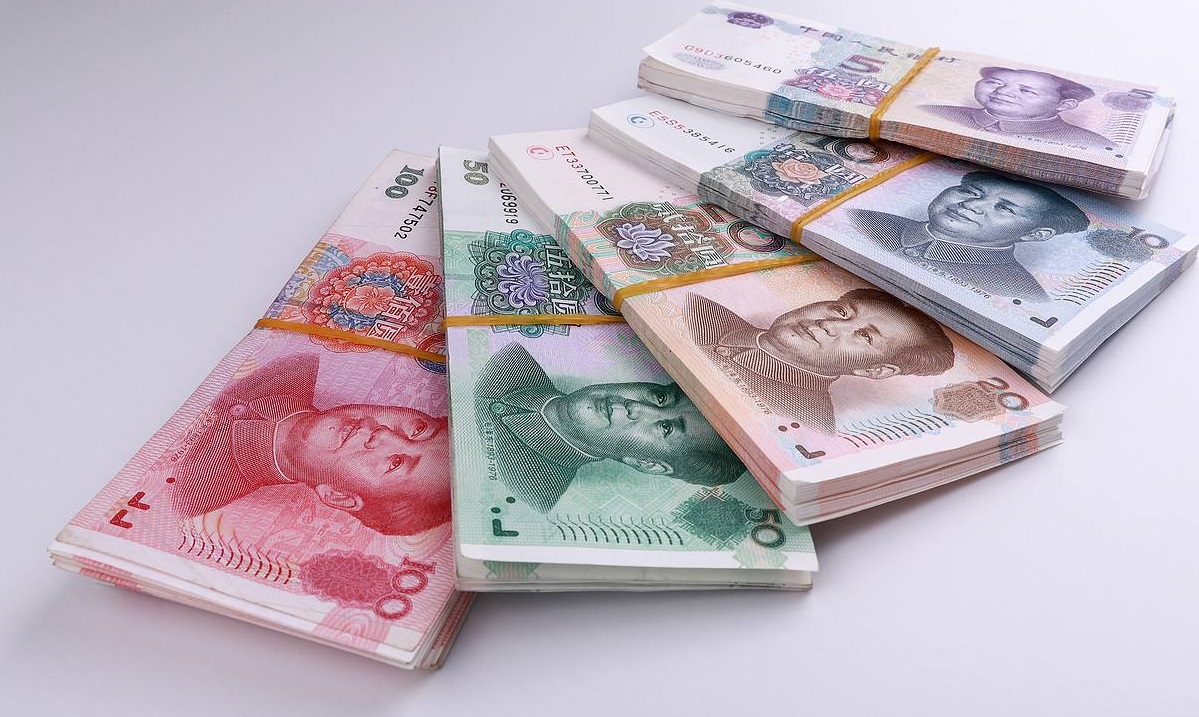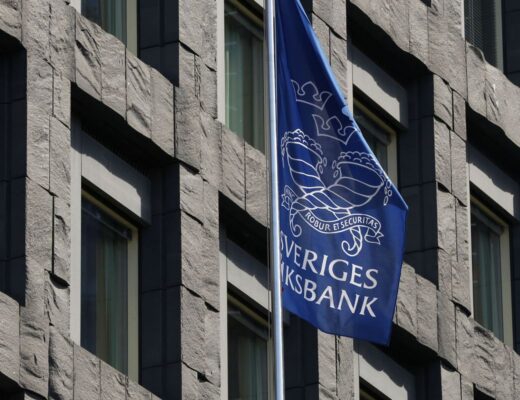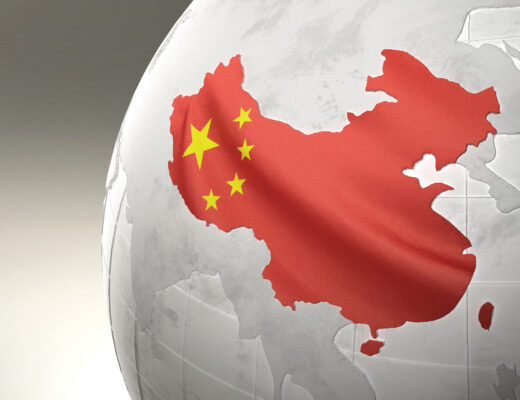How the world’s second economy plans to recover from the crisis
The world’s second-largest economy is still struggling to recover from the crisis. The pandemic and the property market’s collapse have caused a severe slowdown in the country. The Chinese government is doing its best to stimulate growth, but so far, activity remains weak.
Another step to improve the situation has been the issuance of government bonds. The Chinese authorities are selling the paper to raise US$138 billion. The government wants to stimulate the economy by attracting funding.
The funds from the sale will help cover the cost of infrastructure projects. They should help achieve the planned target indicator for economic growth, which the authorities expect to be 5%. This exceeds the forecasts of analysts who are more sceptical about China’s economic growth.
There are two versions of the bond: 20-year and 50-year. Analysts attribute their issuance to attempts to compensate for the increase in US tariffs. Washington raised tariffs on imports of Chinese products, which seriously impacted manufacturers.
Investors responded positively to the bond issue:
1. After the news, the CSI 300 index rose by 0.9%. This compensated for the previous fall.
2. Shares of Chinese companies traded on the Hong Kong stock exchange also showed positive momentum. Their prices not only overcame the fall but also rose by 0.6%.
Meanwhile, analysts expect the government to take further steps. One of the most important changes is likely to be the central bank’s decision on the size of the reserve requirement ratio. This is the amount that lenders should keep in reserve. According to experts, revising this limit would allow investors to free up more funds to buy bonds. In addition, Ding Shuang of Standard Chartered believes a 25bp cut in the RRR is likely. He also sees the possibility of a downward revision in the lending rate.
Problems facing the Chinese economy
Despite the protracted crisis in the country, the Chinese authorities are in no hurry to change their management strategy. The government has set the following targets for 2024:
– 5% economic growth;
– an inflation rate of 3%;
– creation of more than 12 million new jobs for the urban population.
However, trends suggest that these targets will be challenging to achieve. According to Wall Street Journal analysts, the current state of the market is in decline. With such momentum and the scale of government stimulus, it is not worth relying on 5% growth.
Experts point out that harsh fiscal measures could have the opposite effect. They will further reduce economic activity, threatening a long period of stagnation. The country’s unemployment rate is already skyrocketing, which means a drop in consumer purchasing power.










